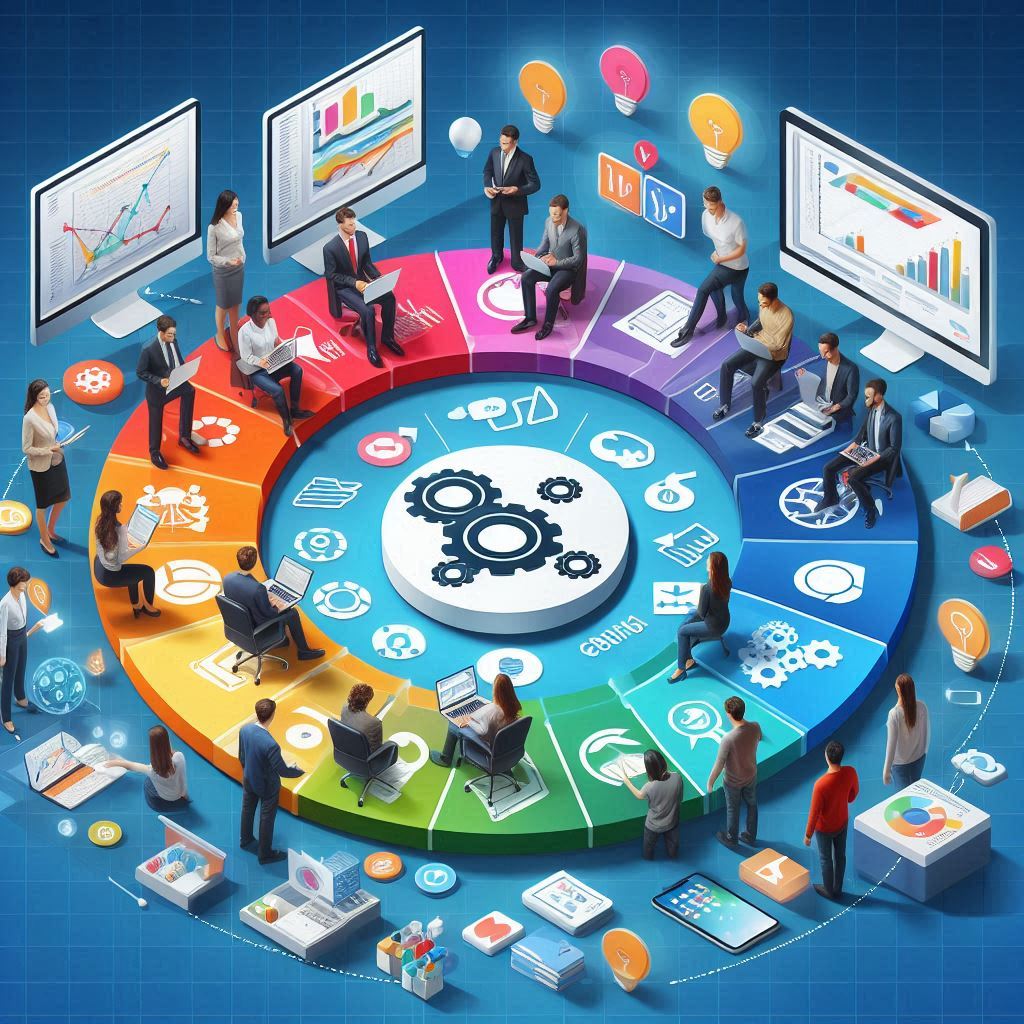
Software Development Lifecycle Methodologies Explained
The Software Development Life Cycle (SDLC) is a structured framework that outlines the necessary stages for building software, ensuring a systematic approach to development. These stages typically include planning, requirements analysis, design, implementation (coding), testing, deployment, and ongoing maintenance. Our podcast further explains that various SDLC methodologies exist, such as Waterfall, Agile, Spiral, Lean, and DevOps, each offering a distinct approach to managing the development process. The selection of a particular methodology depends on the specific needs and characteristics of a given software project.
Please listen our podcast about Software Development Life Cycle and the Best Practices
What is the Software Development Life Cycle (SDLC) and why is it important?
The Software Development Life Cycle (SDLC) is a structured framework that defines the series of tasks performed at each step in the software development process. It acts as a roadmap for developers, project managers, and stakeholders, providing a clear methodology for building, deploying, and maintaining software. Its importance lies in ensuring efficiency, quality, and a systematic approach to software development, which helps in managing complexity, allocating resources effectively, and meeting project goals.
What are the core phases typically included in an SDLC?
The core phases of an SDLC generally include:
- Planning: Defining project objectives, scope, feasibility, allocating resources, and creating a project schedule.
- Requirements Analysis: Gathering detailed needs and feedback from stakeholders, documenting these requirements, and creating specifications.
- Design: Translating the documented requirements into a comprehensive system design, encompassing architectural design, interface design, and data modeling.
- Implementation (Coding): Writing the actual software code based on the design specifications developed in the previous phase.
- Testing: Conducting rigorous testing at various levels (unit, integration, system, and acceptance) to identify and rectify bugs and ensure the software meets quality standards.
- Deployment: Releasing the completed software into a production environment, which may involve installation, configuration, and user training.
- Maintenance: Providing ongoing support for the deployed software, including bug fixes, updates, enhancements, and general support.
What is the Waterfall methodology and when is it most appropriate to use?
The Waterfall methodology is a linear and sequential approach to software development where each phase must be entirely completed before moving on to the next. This means that activities like design must be finalized and approved before coding begins, and testing only occurs after the implementation phase is complete. It is best suited for projects with very well-defined requirements that are unlikely to change significantly throughout the development process.
How does the Agile methodology differ from Waterfall, and what are some popular frameworks within Agile?
The Agile methodology is an iterative and incremental approach to software development that emphasizes flexibility, collaboration, and rapid feedback. Unlike the linear Waterfall model, Agile involves breaking down the project into smaller iterations, with frequent reviews and adjustments based on feedback. This allows for changes in requirements and a more adaptive development process. Popular frameworks within Agile include Scrum, which focuses on short development cycles called sprints, and Kanban, which emphasizes visualizing workflow and limiting work in progress.
What is the Spiral methodology and what makes it a unique approach?
The Spiral methodology is a risk-driven approach that combines elements of both the Waterfall and iterative models. It progresses through several iterations, or spirals, with each spiral involving planning, risk analysis, engineering, and evaluation. What makes it unique is its explicit focus on identifying, analyzing, and mitigating risks at each stage. This makes it particularly well-suited for large, complex projects where significant risk factors are anticipated.
What are the core principles of the Lean methodology in the context of software development?
The Lean methodology in software development focuses on optimizing the development process by identifying and eliminating waste and maximizing efficiency. Its core principles include: delivering value quickly, eliminating waste (such as unnecessary features, delays, and inefficient processes), amplifying learning, deciding as late as possible, delivering as fast as possible, empowering the team, and building integrity in. It emphasizes just-in-time delivery, continuous improvement, and respect for the development team members.
What is DevOps and what is its primary goal in the software development lifecycle?
DevOps is a methodology that aims to integrate the work of software development (Dev) and IT operations (Ops) teams. Its primary goal is to streamline and automate the software delivery process, leading to faster release cycles, increased efficiency, and improved collaboration between development and operations. This is often achieved through practices like automation, continuous integration (CI), and continuous delivery (CD).
How should an organization choose the most appropriate SDLC methodology for a project?
Choosing the most appropriate SDLC methodology depends on a variety of factors specific to the project. These include the clarity and stability of the project requirements, the size and complexity of the project, the level of risk involved, the need for flexibility and adaptation to change, the level of collaboration required between stakeholders and the development team, and the organizational culture and capabilities. Each methodology has its own strengths and weaknesses, and the selection should be based on a careful evaluation of these factors in relation to the project’s unique needs and constraints.















